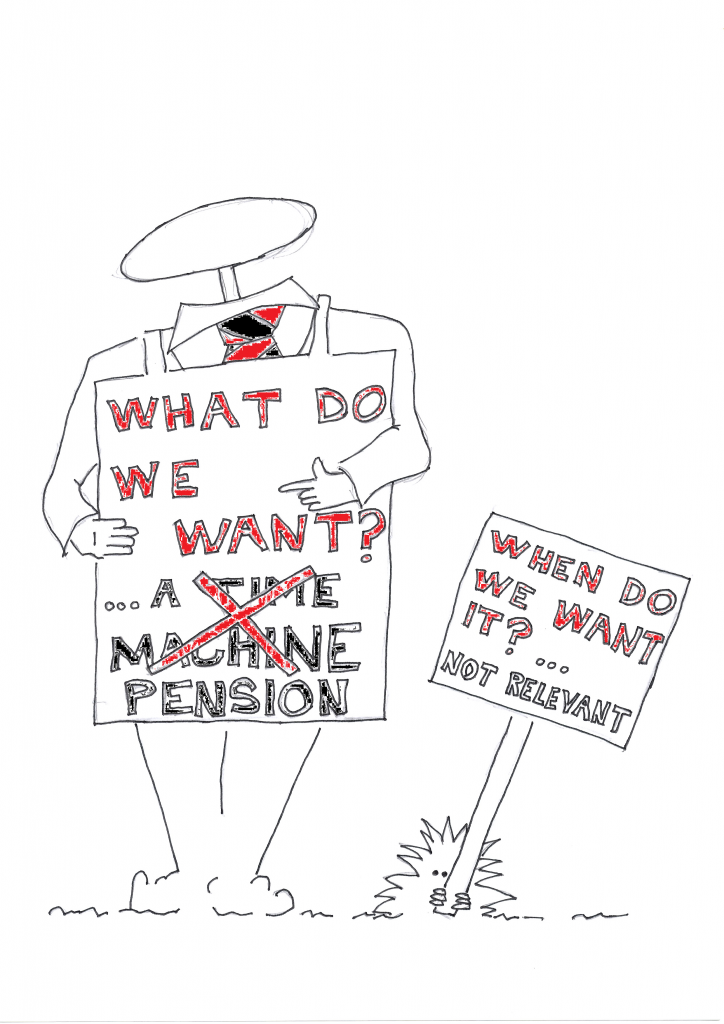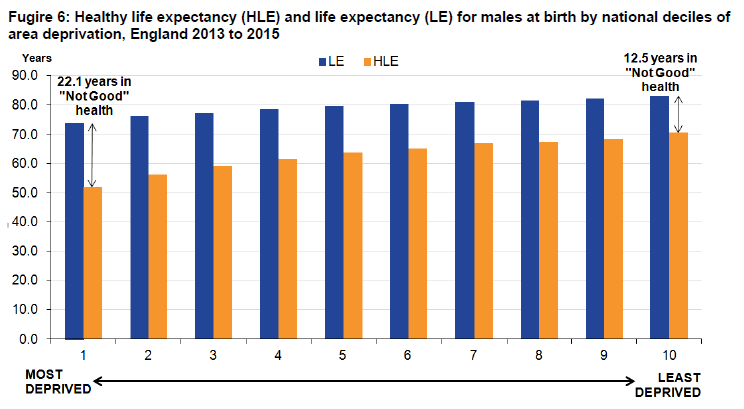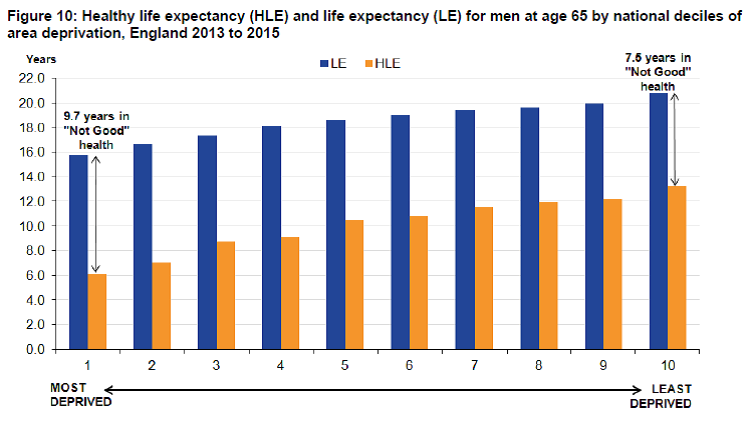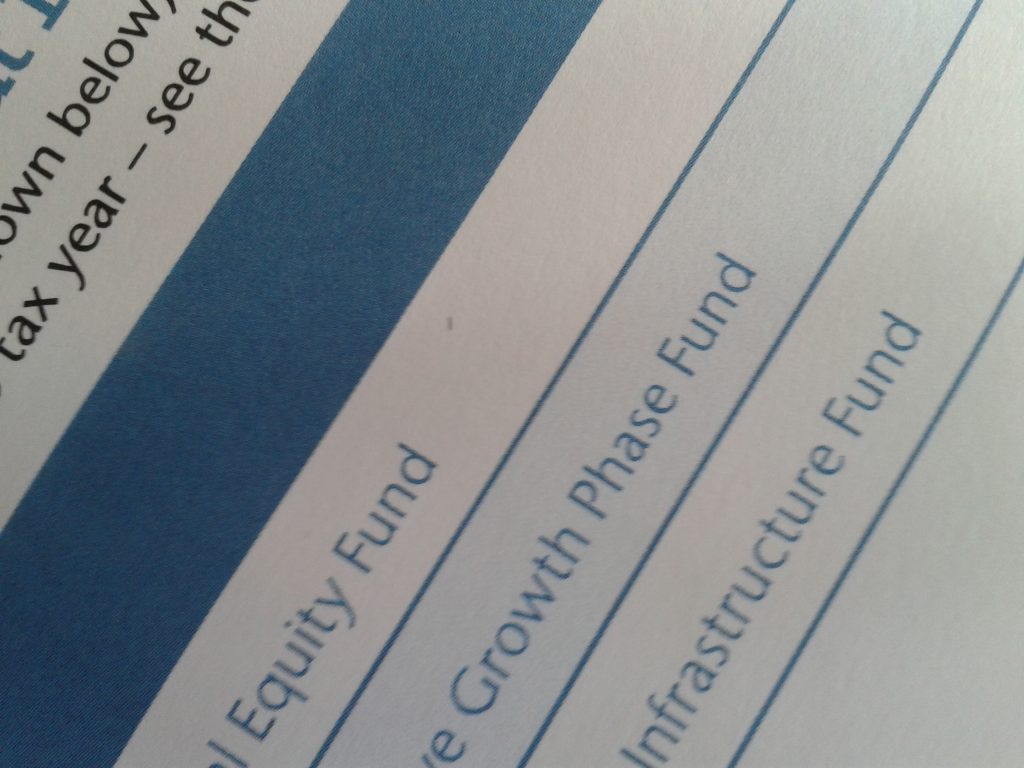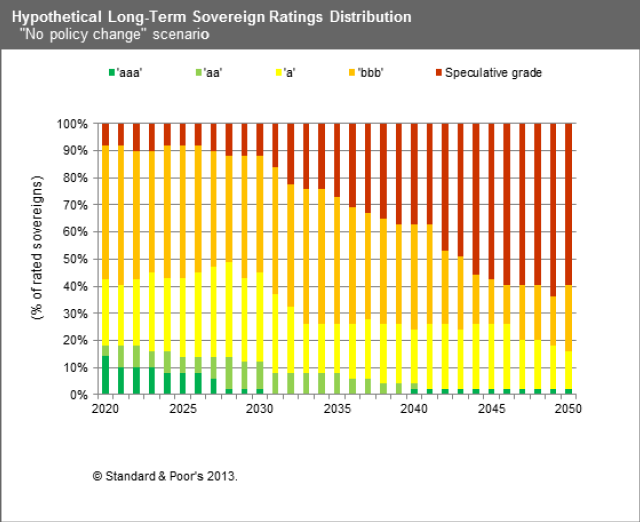There has been a lot written about the State Pension Age (SPA) in the UK in the last year. This was primarily because the UK Government has been carrying out its first periodic review of the SPA. John Cridland was asked to carry out an independent review of the State Pension Age, which reported in March this year with over 150 responses received and 12 recommendations made plus a proposal for an auto enrolment review. This was followed by the Secretary of State for Work and Pension’s report on the first Government review of State Pension age, as required under the Pensions Act 2014 last month, in which Cridland’s central recommendations on the timetable for SPA change were accepted, ie:
- The State Pension age should continue to be universal across the UK, increasing over time to reflect improvements in life expectancy.
- The State Pension age should increase to age 68 between 2037 and 2039.
- The State Pension age should not increase by more than one year in any 10-year period (assuming there are
no exceptional changes to the data used). - Individuals should get 10 years’ notice of any new changes to State Pension age.
However the report was noticeably silent about Cridland’s other recommendations, including:
- that means-tested access to some pension income will remain at 67 and will continue to lag a year behind for rises thereafter.
- that the conditionality under Universal Credit should be adjusted for people approaching State Pension age, to enable a smoother transition into retirement.
- supporting working past State Pension age
- to do more to help carers in the workplace:
- the provision of a Mid-life MOT
- support for the use of older workers as trainers
Other commentators have given their analysis, some, like the Work and Pensions Parliamentary Select Committee, have pointed out that many people will not live to see the new SPA, something rather lost in the massive groupings Cridland referred to where the lowest average was across a group titled “Routine”. These were described as socio-economic groupings but seemed in reality to be more occupational. There is some reference to healthy life expectancy, but no attempt to quantify how this varies by population. It therefore gives the rather misleading average of around 10 years of healthy life expectancy at age 65 for both men and women.
Contrast this with the Office of National Statistics’ (ONS) rather more comprehensive look at the subject and, in particular, these graphs:
The graphs are more encouraging for women in terms of life expectancy, but no more encouraging for healthy life expectancy.
Other commentators such as the OECD have suggested that the top 5-10% wealthiest stop receiving it altogether to allow it to be more generous for everyone else. The most prominent actuarial view so far has probably come from Paul Sweeting, who proposes a means tested approach to paying state pension which allows the pace of SPA increase to be slower but at the same cost. While I share most of Paul’s analysis of the problem, I do not share his conclusion that the only solutions are faster increases to the State Pension Age, or means testing. My problems with means testing as opposed to universal benefits boil down to two main objections:
- People will not contribute to other savings vehicles if they think these will just reduce benefits elsewhere. This was how the Minimum Income Guarantee killed the Stakeholder Pension.
- Many people do not claim means tested benefits which they are entitled to. Whether through pride or fear of the dauntingly long forms the DWP produce for any claimed benefit or a combination of the two, a study in 2003 indicated that 1 in 6 people did not claim benefits representing over 10% of their total income.
I therefore think there has to be another way, and I think it might be a form of universal basic income (UBI). Compass have produced one of the more recent reports on the feasibility of this, and there are many different forms, with full schemes or pilots now running mainly at a regional level at present in the United States, Canada and India amongst other countries.
The basic features of most of these schemes are that the personal allowance is abolished in favour of a regular income paid to everyone, perhaps with different rates at different ages but not means tested. Different schemes make different adjustments to existing taxes and maintain different combinations of existing benefits, both means tested and universal. Compass have modelled five possible schemes, and believe that paying a lower UBI but leaving in place the current means-tested benefits system while reducing households’ dependence on means testing by taking into account their UBI when calculating them may be a feasible way forward.
The main arguments for a UBI approach are:
- it would directly address most of the inequality of outcomes discussed above, particularly the decile likely to be condemned to 18 years of work in ill health and a retirement of 4 years by 2037 unless both their life expectancy and healthy life expectancy increase, at exactly the time when both appear to be slowing (at the 0.4 months pa rate of improvements since 2011, these expectancies would only have increased by 8 months by 2037)
- by providing a guaranteed minimum income, the safety net we provide as a society would be much more robust, and that reducing the reliance on means testing would tackle the problems of take up and the inevitable poverty traps which means testing creates
- people could choose to work less and have more time for other things (although previous experiments suggest this number would be small), alternatively it would make retraining much easier
- people would have more bargaining power in the labour market, which is clearly problematic in the UK in particular, with the stagnation of real wages for a considerable period now
Many people think their jobs are useless and that they are trapped in them with no marginal income to let them transition to something more meaningful. Neither does it seem as if getting everyone into work is good for us physically, further exacerbating the healthy life expectancy problem at lower deciles.
I am therefore surprised that there is not more research into feasible UBI schemes. The reference section at the back of the Compass report was shorter than that in many of my 3rd year undergraduate dissertations, and yet it is clearly an area in urgent need of some modelling. Anyone out there fancy joining me in a working party to look at this?

